Tri-Cast Trilogy Commercial Pond Wand
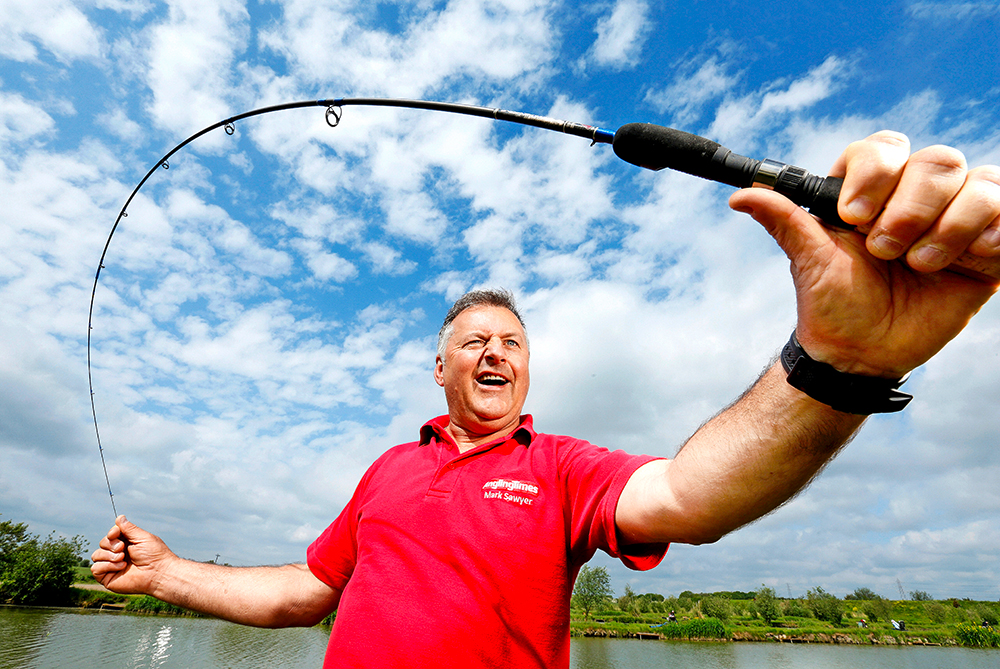
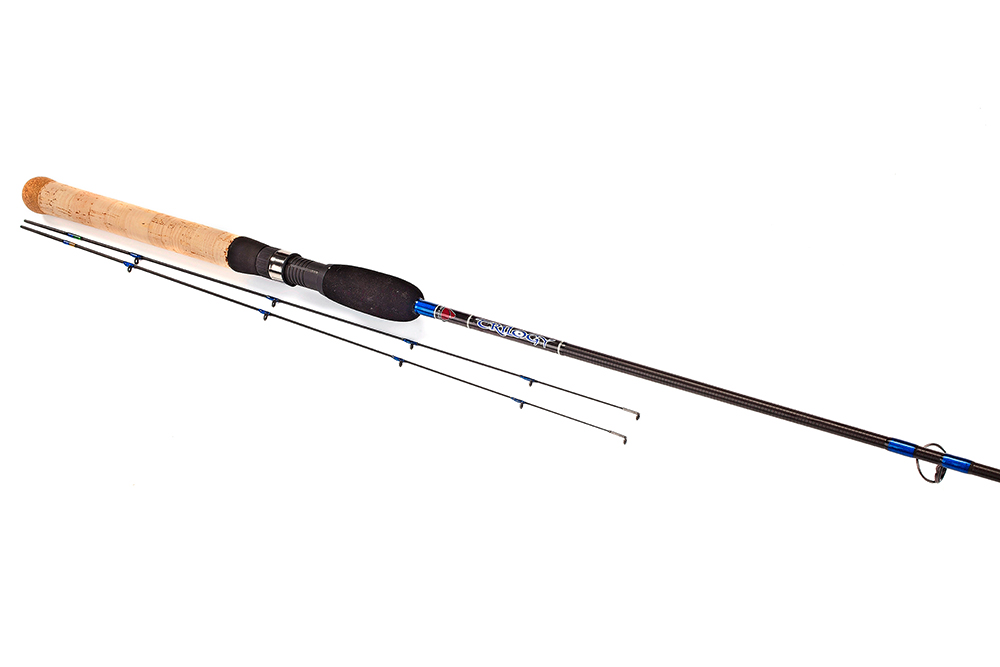
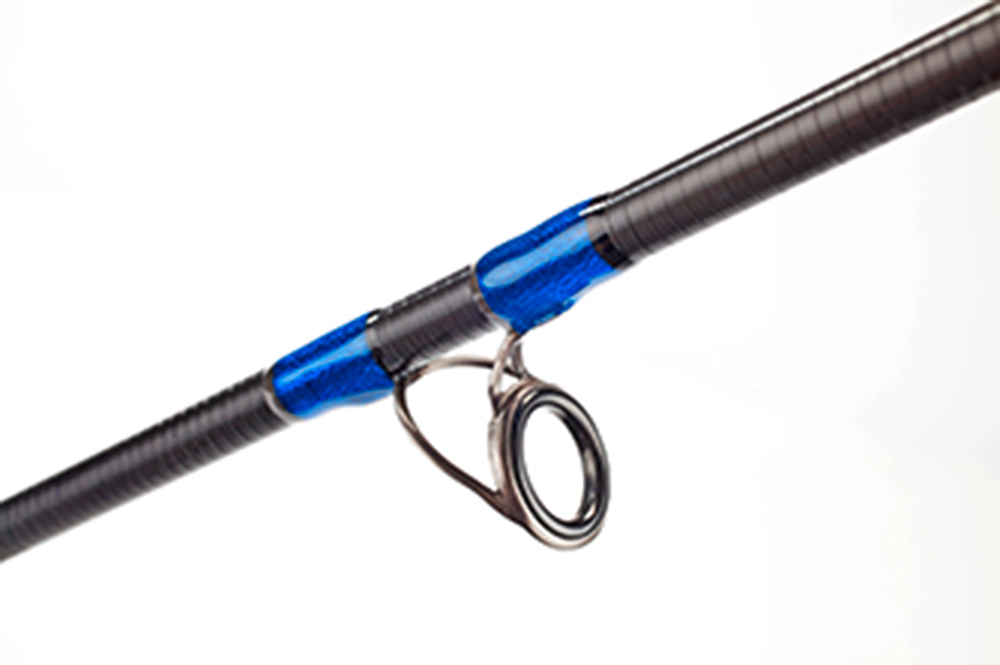
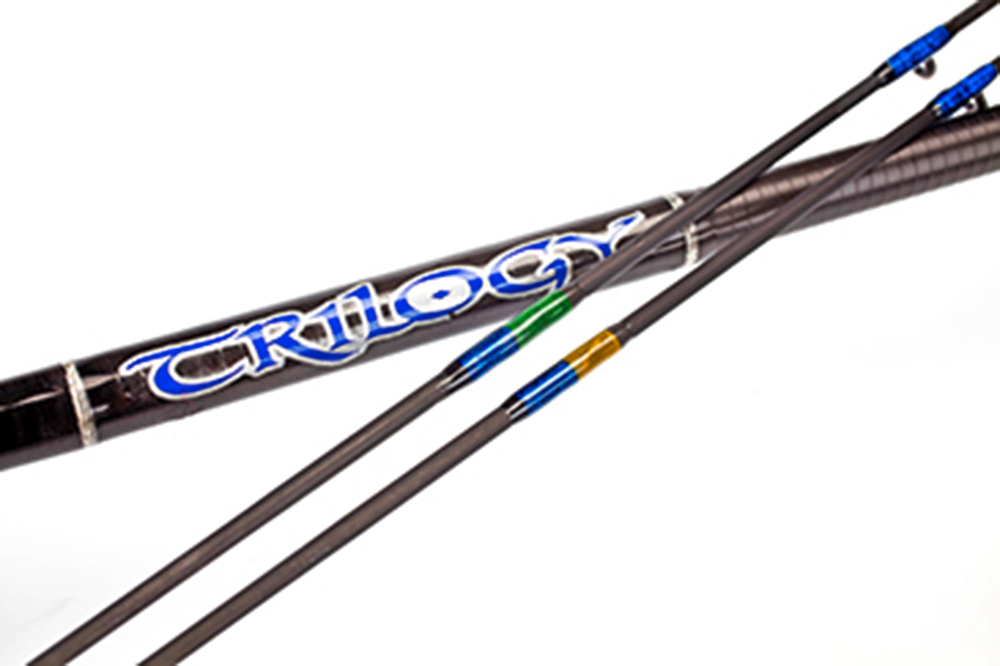
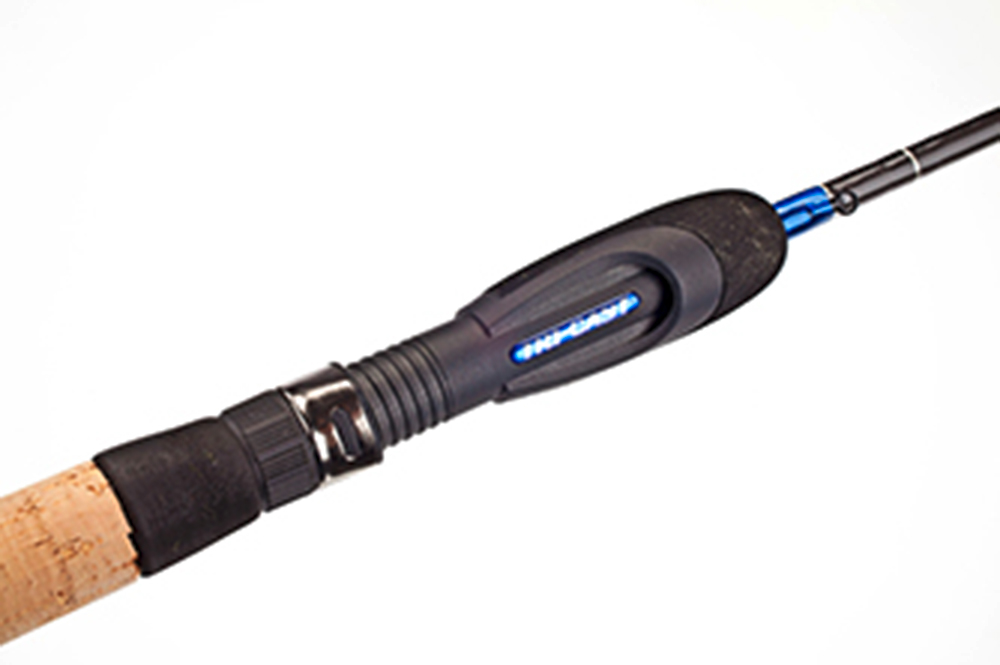
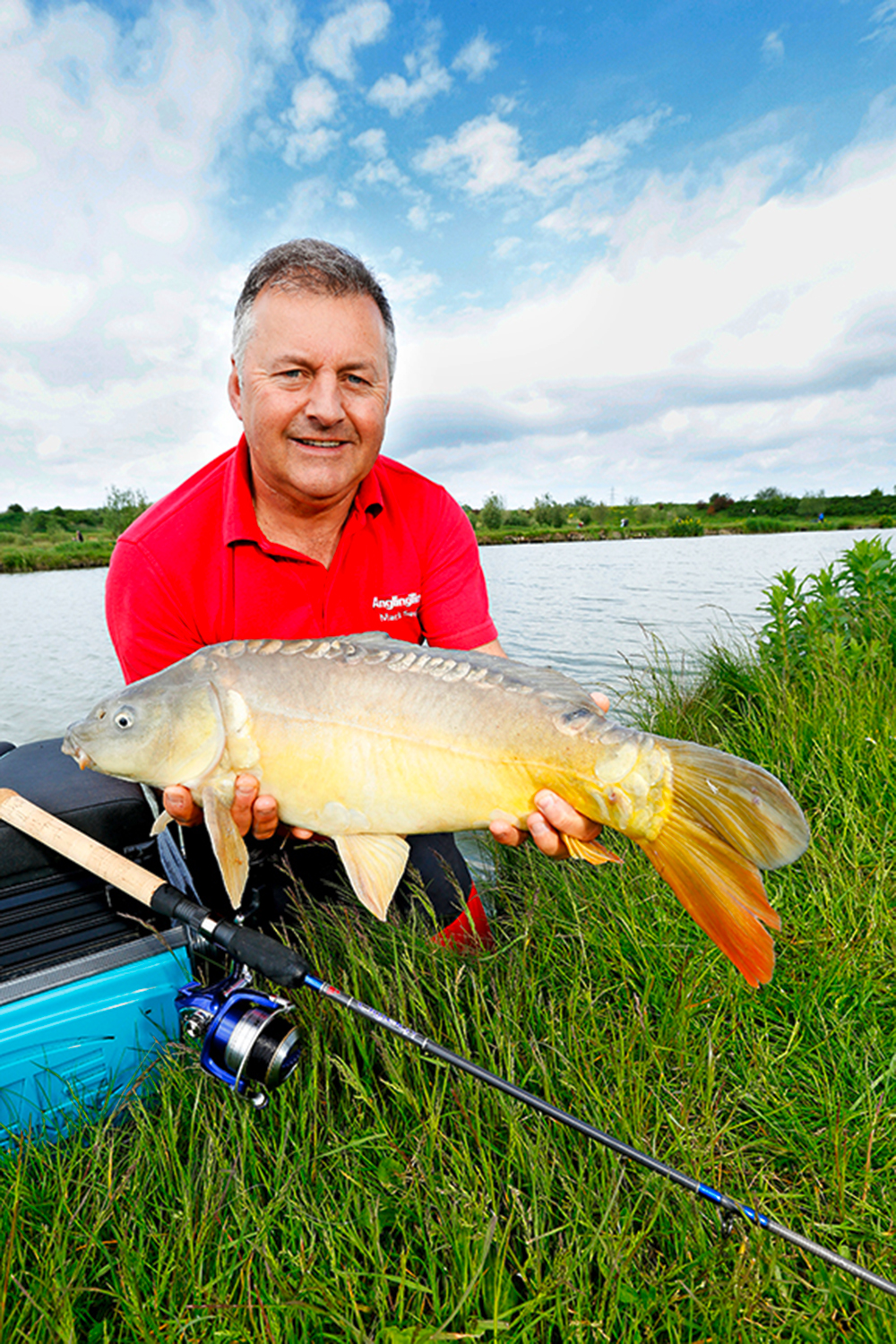
PAY AROUND
£109
I must confess that as I slid this single-sectioned rod from its transit tube my first thought was: ‘What am I supposed to do with this thing, then?’ No emails please!
To the very best of my knowledge the quaintly-named Tri-Cast Pond Wand (it only says Trilogy on the blank) is the only one-piece match/pleasure fishing rod I have ever come across.
At only 4ft 10ins long, without one of its two 21ins supplied quivertips fitted, it’s also got to be one of the shortest.
But my question was quickly answered when I rang Tri-Cast’s brand manager Steve Hopkinson. He told me he had designed the Trilogy Commercial Pond Wand himself, to be used on the pole line when weather conditions make pole fishing difficult.
Apparently Steve had lost out on a probable match-winning peg when the wind had picked up so strongly that it made fishing at 16m nigh-on impossible for him – let’s face it, we’ve all been spun round on our seatboxes by the wind at some point in our career.
What Steve thought he needed to combat the elements was a diminutive wand-like tool which could be used to accurately swing a small feeder or straight lead underarm and on to his pole line without having to tighten up to it and risk moving his bait offline.
The construction of a single-sectioned rod isn’t quite as easy as you might think, mainly because the length of taper is vastly reduced. This doesn’t give the technical design team much to play with in terms of the casting and fish-playing performance of a blank.
But, as you might expect from one of the UK’s leading carbon manufacturers, Tri-Cast appears to have cracked this conundrum with ease.
The ridiculously slim blank is built from the same high modulus carbon cloth as the firm uses for the other members of its Trilogy Commercial rod family. It’s fitted with five low-profile Ultra-Light lined guides (which, incidentally, are made in the USA), and is nicely furnished with electric blue whippings, with an additional whipping at the end of the carrier section to prevent the fine-walled carbon from splitting when fitting its 1oz or 1.5oz push-in quivertips.
So, without further ado, let’s find out how this tiny terror performs on the bank. The strip lakes at Decoy are rightly renowned for two things – the large size of their occupants (great) and the endless Fenland easterly wind which seems to blow non-stop (which isn’t that great). But in this rare instance the hooley provided ideal testing conditions.
Without a doubt, the first thing you notice will be an almost overwhelming reluctance to cast it as you normally would – overhead. Yes I agree, that might sound a bit far-fetched, but believe me it isn’t. You WILL want to flick it out underarm.
I have used plenty of petite drop shot rods, overhead casting them without a problem using light lures or jigs. But not so with this rod. It just seems to lend itself better to a gentle swing-out.
It’s not as though the blank won’t cast properly, as later on during the live test I chucked a fully loaded 15g Method feeder 25m with no problems.
The single-section blank manages to generate a completely perfect flat-spot-free parabolic fish-playing action, and considering its diminutive dimensions it has all the tenacity of an angry Jack Russell, happily hanging on to anything you might hook into.
As my confidence in the rod began to rise I actually clipped up the reel at 16m to keep my feeding and accuracy really tight, and to see if I’d get away with it if something really big came along.
Yes, I did indeed manage to bank a near-double, but it was all bit too heart-stopping and not something I would recommend.
There simply isn’t enough stretch in the mono at that distance, so you’re more likely than not to be snapped off if there are real zoo creatures about.
Basically it’s easier and much safer to tie a little bit of fine pole elastic on to the reel line as a distance gauge, or have a set of wrap sticks set up behind your box – which for 16m distance is about 4.3 wraps on 12ft markers.
VERDICT
Basically this delightful little rod is likely to be the most fun you’ve ever had with 6ft of carbon fibre. It weighs next to nothing, is easy to transport once you’ve removed the quivertip, and it easily fits inside a standard ready rod holdall. The short handle makes it easy to manoeuvre, and if you set it up with the tip pointing virtually straight out in front of you, there’s no need to adjust the line after casting to keep you bang on the money every put-in.
